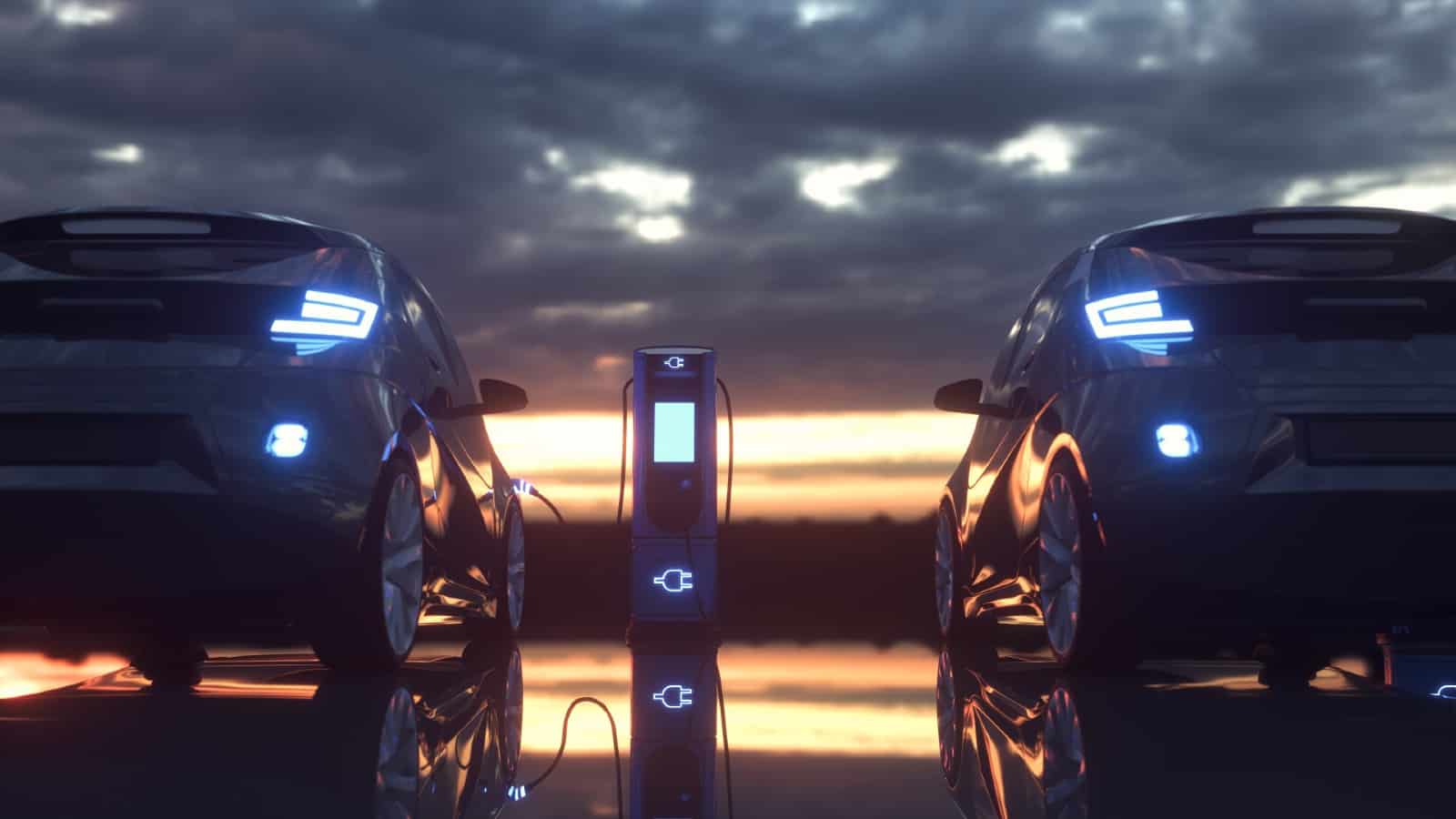NIO (NYSE: NIO) shares have been extremely volatile since hitting the public market back in September 2018. They’ve been up, down and all over the place.
However, my timing would have been perfect if I’d invested £10,000 in the stock four years ago. Back then, it was priced at just $2.42, meaning I’d have around £29,500 today.
Additionally, the pound has weakened slightly against the US dollar during this period. So I’d have made a very tidy return indeed.
That said, it would also have been bittersweet. That’s because the stock peaked at $62 in January 2021. So, if I’d held on and not crystallised gains, I’d have watched my paper return of around £250k dwindle to less than £30k today. Ouch!
Anyway, that’s all water under the bridge. Is the stock worth buying today at $7? Here’s my take.
A forward-thinking company
China-based NIO manufactures premium electric vehicles (EVs). This is obviously a huge growth market, but there are currently a couple of obstacles (beyond cost) preventing mass adoption of them.
One is battery range anxiety among drivers. To alleviate this concern, NIO is working hard on its next-generation battery technology and has committed to launching an ultra-long-range battery with a capacity of 155kWh.
Another worry is queues at charging stations. To help here, NIO’s app lets drivers reserve a space at tens of thousands of charging points across China. And customers can even summon a NIO charging van that tops up the battery in a few minutes upon arrival.
But the company’s key innovation is its battery-swap stations. These drive-through locations can swap out a battery for a fully charged one in under five minutes. The car even drives itself into position, which is pretty cool.
Is the juice worth the squeeze?
Now, while this technology is a unique selling proposition for NIO, there’s no guarantee it will pay off.
Tesla decided against going down the battery-swap route, choosing instead to expand its Supercharger network. The US company said battery swapping was “riddled with problems and not suitable for widescale use.”
For NIO then, there’s a risk the juice (customer convenience) might not be worth the squeeze (vast capital expenditure and ongoing operating expenses).
November deliveries
In November, the firm delivered 15,959 vehicles, a year-on-year increase of 12.6%. Considering the weak consumer environment and increasing competition, I find that impressive.
Having said that, I’m personally not a fan of the monthly sales updates. I don’t think a four-week snapshot tells investors very much and probably just increases volatility in the share price.
Would I invest today?
The company is reportedly targeting 2025 for its UK launch. By then, it hopes to have developed the infrastructure to offer battery swaps and service partners.
However, it’s not certain the firm will make it to these shores. It’s still heavily loss-making and facing ever-increasing competition in its domestic market.
Granted, the stock looks cheap with a price-to-sales (P/S) ratio of 1.73. But there are added political risks investing in US-listed Chinese stocks, I feel.
For now, I’m keeping NIO stock on my watchlist. Further growth looks likely as it releases new models, suggesting possible share price appreciation beyond $7. I’d just like to see progress on profitability before I consider investing.







